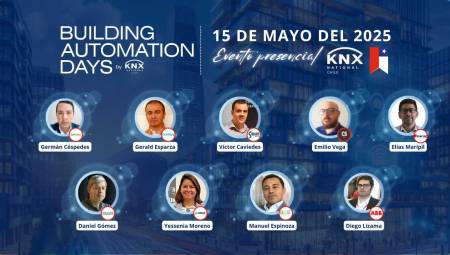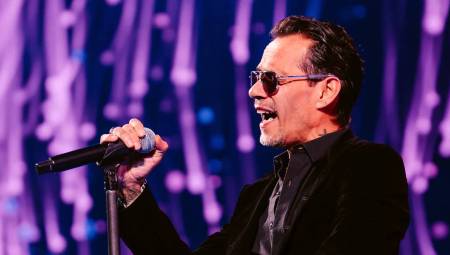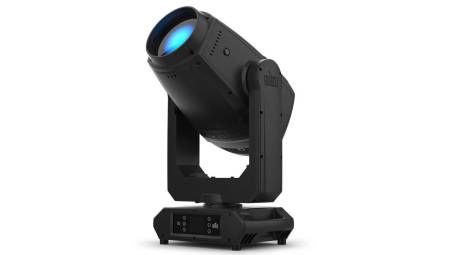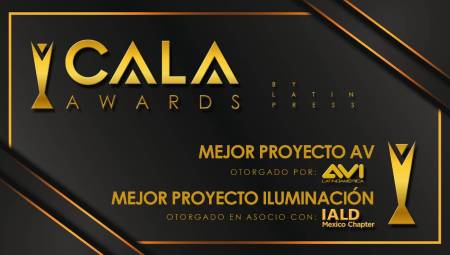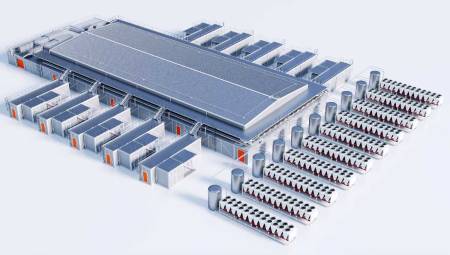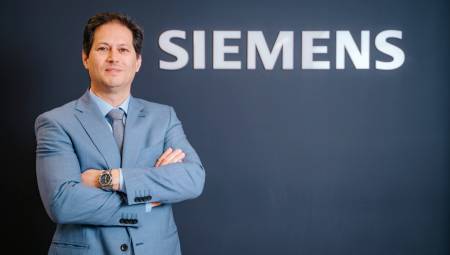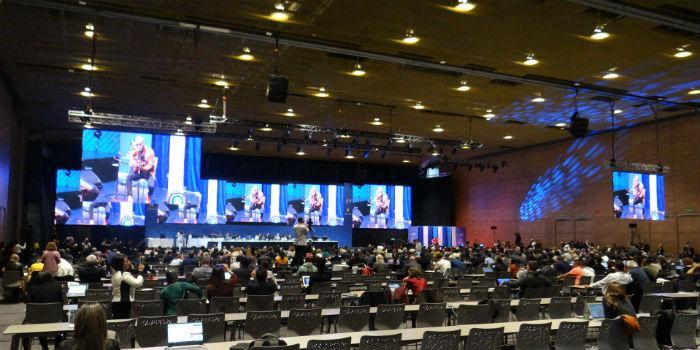 The companies RLA Technologies and Congress Colombia were in charge of providing the audiovisual services for the UNESCO event in Bogotá during December 2019.
The companies RLA Technologies and Congress Colombia were in charge of providing the audiovisual services for the UNESCO event in Bogotá during December 2019.
Richard Santa
In mid-December 2019, the Agora Convention Center hosted the 14th session of the Committee for the Safeguarding of the Intangible Cultural Heritage of UNESCO, an event that included representatives from 120 countries and that for the first time was held in a Latin American country.
The Committee considered a set of guidelines on how best to safeguard living heritage in emergencies and reflected on how to improve the participation of non-governmental organizations in the implementation of the Convention.
For the proper functioning of the event, an important deployment of audiovisual technology was made, which was in charge of the companies RLA Technologies and Congress Colombia. AVI LATINOAMÉRICA spoke with representatives of both companies who told details of the technology used during the week of the event.
Daniel López, representative of RLA, said that this was a sober event but very complete from the audiovisual point of view, for which 45 people were required in operation during all the days, trained personnel, with technical knowledge and bilingual. Throughout the year prior to the meeting, the teams of the Agora and RLA convention center had to be in contact with unesco producers to define details and comply with the high standards of the organization.
The event occupied 8 rooms of the convention center, one for the main plenary with capacity for 800 people and 7 more for alternate meetings. In all of them there was audiovisual technology, simultaneous translation and they were interconnected through the fiber optic network of the building.
AV Deployment
Lighting: It was aimed at making people see each other, highlight them. 26 ellipsoidal lights were used. Apart from the main stage there was a performance stage, for special presentations.
Video: Five screens were used in which cameras, presentations were shown, both in the language in which it was spoken at the time and English, French and Spanish. The central screen, 18x4.50 meters high, could be configured as three screens at the time it was necessary, for which an Analog Way system with Millumin processing was used.
In addition, there were two side screens of 7 x 4.50 meters and two relay screens of 4 x 2.50 meters. All the sizes and distances between screens obeyed a design that was contemplated with the producers of the Ministry of Culture of Colombia and in dialogue with the producers of Unesco, to make the content look good from all angles of the room.
In the main hall of the plenary, 4 cameras were used, 2 of them with Dolly, which were strategically located to capture all the people who asked to speak and were speaking during the event.
Streaming: For the transmission there was streaming to three languages: English, French and Spanish. There were three independent streams because each one carried the presentation and audio in their language, in addition to the cameras.
Sound: it was Line Array, which received audio signals from the appropriate debate microphone by Congress Colombia.
Control: There were five master's degrees, one for each language, one for the control of Unesco people directly on stage and the main master's degree that did the management of the screens.
Each of the alternate rooms were equipped with Epson laser projectors of 8 thousand lumens, Draper curtains, sound system installed to QSC ceiling, Analog Way consoles, wired and wireless Shure microphones. In several of these halls they also had a Bose L1 system.
Daniel López stressed that for the organizers it was very important that the sessions were recorded. That is why they had recording systems in all three languages both in the main room and in one of the auxiliary rooms. "The assembly of the rooms was done for two days, plus two days of testing to ensure that everything worked well, with equipment ready to respond to the high resolutions with which it was going to work," he said.
Parliamentary microphones and translation
Congress Colombia was the company in charge of providing the parliamentary microphone and simultaneous translation systems for the UNESCO meeting in Bogotá. Gastón Ciminieri, Global Manager of the company, stressed that the infrared system used for the different rooms of this event meets the high standards requested by Unesco for its events anywhere in the world.
He explained that the parliamentary system, through infrared, provides maximum security with respect to other available technologies, since it is more difficult for outsiders to listen or interfere in the debates.
In the main plenary hall, 180 wired parliamentary microphones and 13 wireless parliamentary microphones were installed. Each microphone featured a touchscreen and word-request functions, as well as a headphone connection for simultaneous translation. The system required 130 watts of radiation. In addition, in the remaining 7 halls, 16 parliamentary microphones were installed.
For the simultaneous translation system, available at the same time in English, French and Spanish, 3 simultaneous translation booths from the manufacturer Audipack were used, which comply with ISO 4043 standards and quality standards for both the translator and auditoriums of more than 300 people. In the alternate rooms, 4 booths were installed and for the others a roving translation system was available.
Gastón Ciminieri said that "the user experience from the audioconference is linked to the technical quality, security both from the stability of the system and from the information and the ease of handling of the equipment".
With these audiovisual systems, the almost one thousand participants of the Committee for the Safeguarding of the Intangible Cultural Heritage of Unesco in 2019 were able to carry out their working day for a week without any inconvenience, declaring bachata and Mexican ceramics as intangible heritage, among other decisions.





